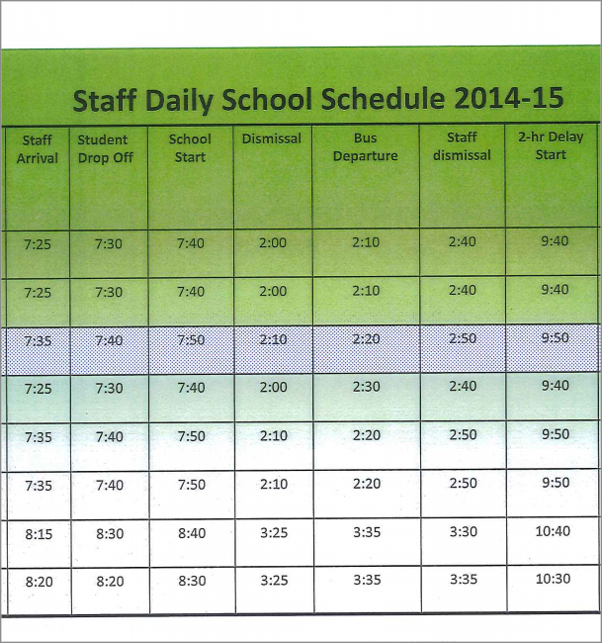Creating and maintaining a daily staff schedule is essential for any organization or business to ensure a productive and efficient work environment. A well-planned schedule not only helps in managing workload and resources effectively but also contributes to employee satisfaction and overall success.
In this article, we will explore the benefits of a daily staff schedule and provide practical tips on how to create and optimize one.
What is a Daily Staff Schedule?
A daily staff schedule is a predetermined plan that outlines the tasks, responsibilities, and timelines for each employee or team within an organization. It helps to allocate resources efficiently, optimize productivity, and ensure that all necessary tasks are completed on time. A well-designed schedule takes into account the availability and skills of each staff member, as well as the overall goals and objectives of the organization.
Why is a Daily Staff Schedule Important?
1. Optimal Resource Allocation: A well-planned daily staff schedule ensures that resources, including human resources, are utilized optimally. By assigning tasks based on employee availability, skills, and workload, you can prevent overburdening certain individuals while ensuring others are fully utilized.
2. Improved Productivity: A clear and organized schedule helps employees prioritize their tasks and manage their time effectively. When employees have a clear understanding of what needs to be done and when they can focus on their work without wasting time on deciding what to do next. This leads to improved productivity and efficiency.
3. Effective Task Management: A daily staff schedule allows you to break down larger projects or goals into smaller, manageable tasks. By assigning specific tasks to different individuals or teams, you can ensure that every aspect of a project is covered and progress is made consistently.
4. Employee Satisfaction: A well-designed schedule takes into account the preferences and skills of employees, allowing them to work on tasks they are most adept at or interested in. This not only boosts morale but also enhances job satisfaction and employee engagement.
5. Reduced Conflicts: With a daily staff schedule in place, there is less likelihood of conflicts arising due to overlapping responsibilities or miscommunication. Clear assignment of tasks and timelines minimizes the chances of misunderstandings and ensures that everyone is on the same page.
How to Create an Effective Daily Staff Schedule
Creating an effective daily staff schedule requires careful planning and consideration. Here are some steps to help you create a schedule that works for your organization:
1. Assess Workload and Resources
Before creating a schedule, assess the workload and available resources. Identify the tasks that need to be completed and the skills required for each task. Evaluate the availability and capacity of each employee or team to ensure a balanced workload distribution.
2. Prioritize Tasks
Once you have identified the tasks, prioritize them based on urgency, importance, and dependencies. Determine which tasks require immediate attention and which can be scheduled for later. This will help you allocate resources effectively and ensure that critical tasks are completed without delay.
3. Consider Employee Preferences and Skills
Take into account the preferences and skills of your employees when assigning tasks. Assign tasks that align with their strengths and interests whenever possible. This not only improves job satisfaction but also enhances productivity as employees are more likely to excel in tasks they enjoy.
4. Create a Visual Schedule
Use a visual format, such as a spreadsheet or calendar, to create a daily staff schedule that is easy to understand and reference. Indicate the tasks, timelines, and responsible individuals or teams. Consider color-coding or labeling for better organization and clarity.
5. Regularly Review and Adjust
A daily staff schedule is not set in stone and should be reviewed and adjusted regularly. Take feedback from employees and assess the effectiveness of the schedule. Make necessary modifications to ensure that it remains relevant and adaptable to changing circumstances.
6. Communicate and Collaborate
Ensure effective communication and collaboration among employees by sharing the daily staff schedule with the entire team. Encourage open communication and make any necessary adjustments based on feedback or unforeseen circumstances. Regularly update the schedule to keep everyone informed and accountable.
Sample Daily Staff Schedule
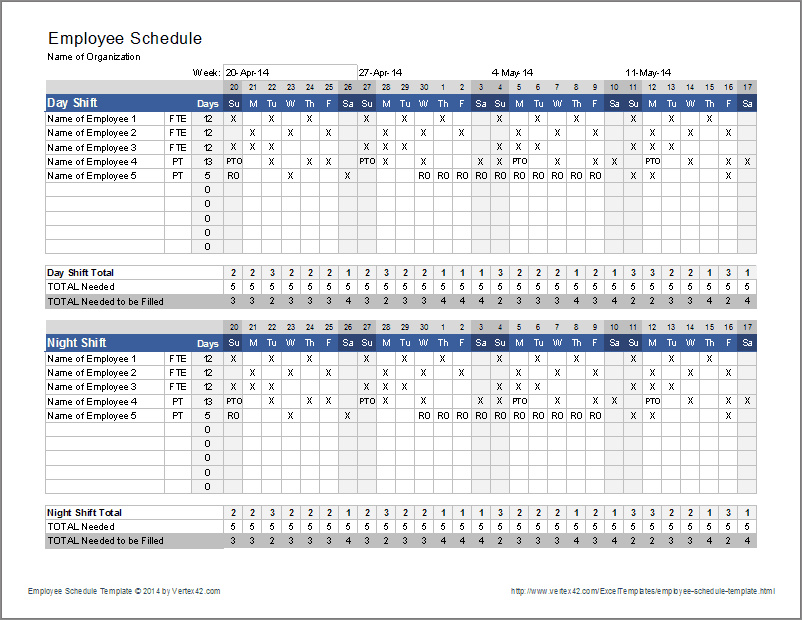
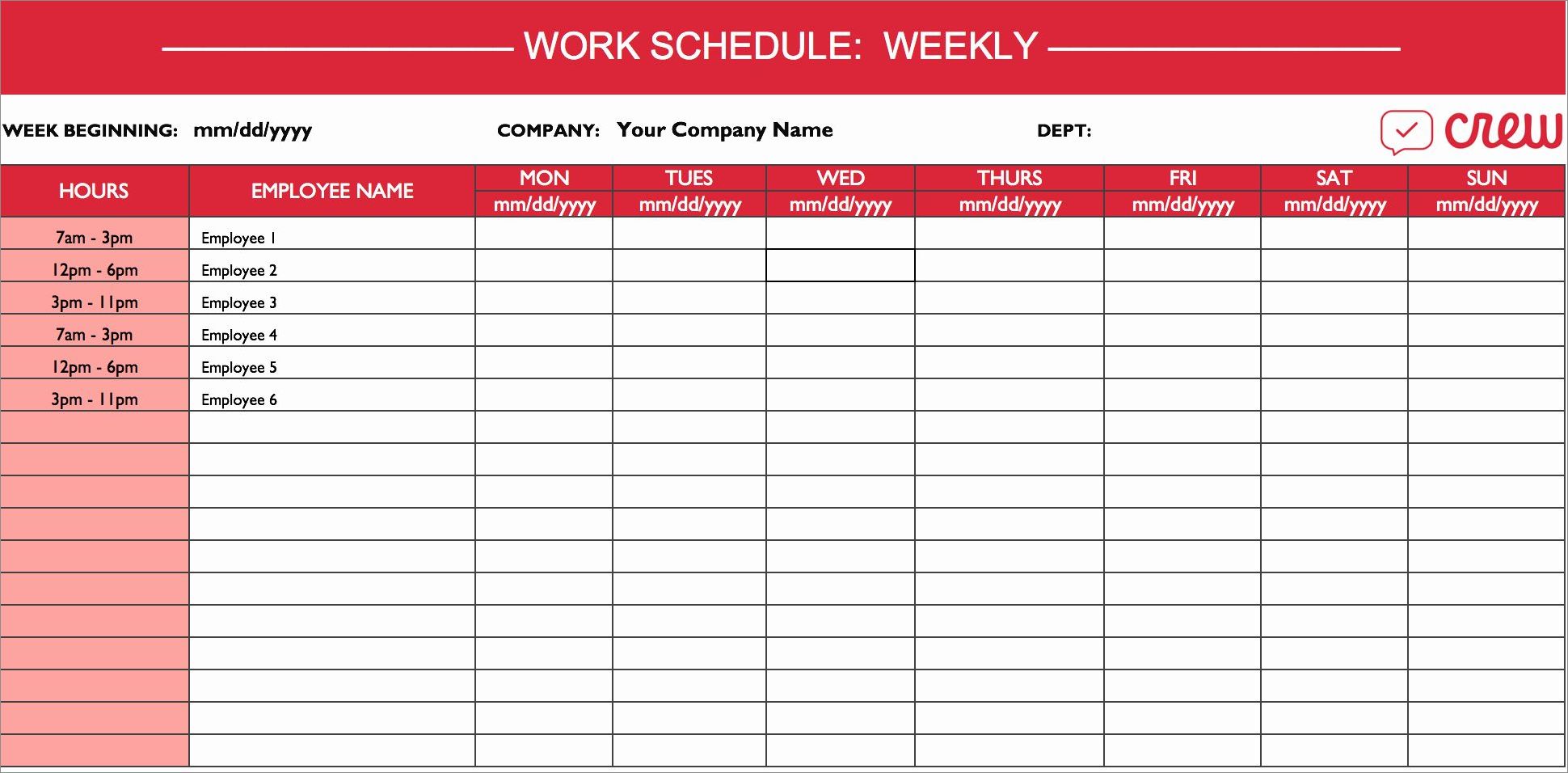
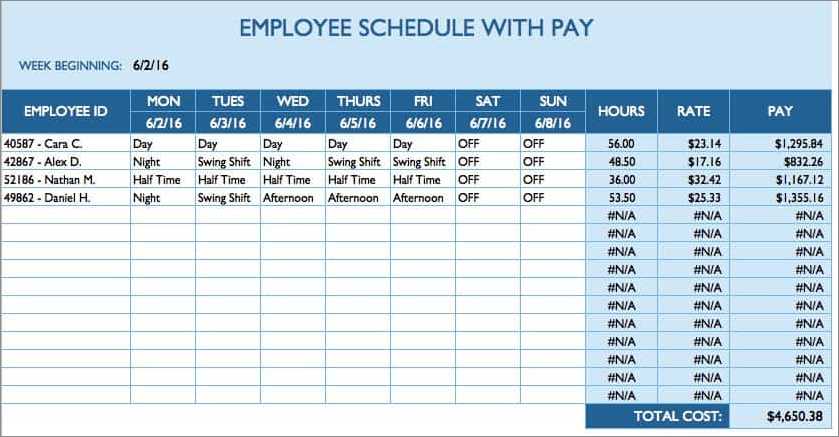
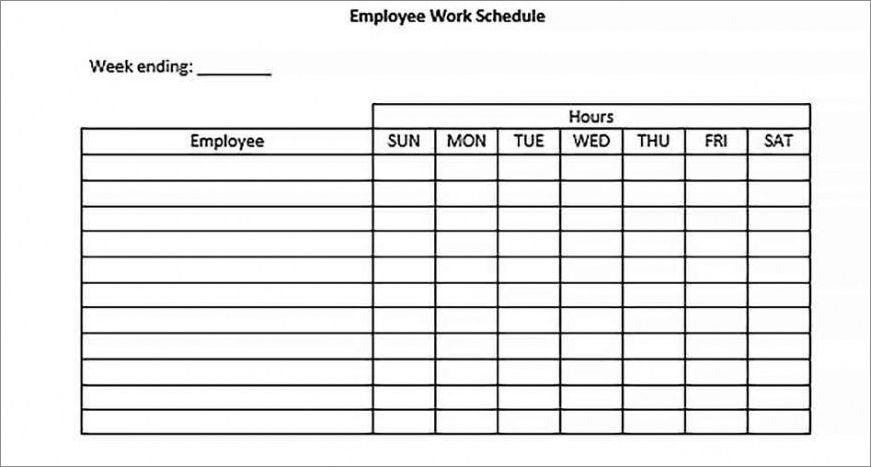
Here is an example of what a daily staff schedule might look like:
- 8:00 AM – 9:00 AM: Team Meeting
- 9:00 AM – 10:30 AM: Marketing Research – John and Sarah
- 10:30 AM – 11:30 AM: Content Creation – Emily
- 11:30 AM – 12:30 PM: Lunch Break
- 12:30 PM – 2:00 PM: Customer Support – David
- 2:00 PM – 4:00 PM: Project Planning – Team A
- 4:00 PM – 5:30 PM: Data Analysis – Michael
Conclusion
A well-designed daily staff schedule is crucial for maintaining an efficient and productive work environment. By allocating resources effectively, improving productivity, and promoting employee satisfaction, a daily staff schedule contributes to the overall success of an organization. Take the time to create a schedule that suits your organization’s needs and regularly review and adjust it to ensure its effectiveness. With a well-planned schedule in place, you can achieve optimal results and create a positive work environment for your staff.
Daily Staff Schedule Template Word – Download
